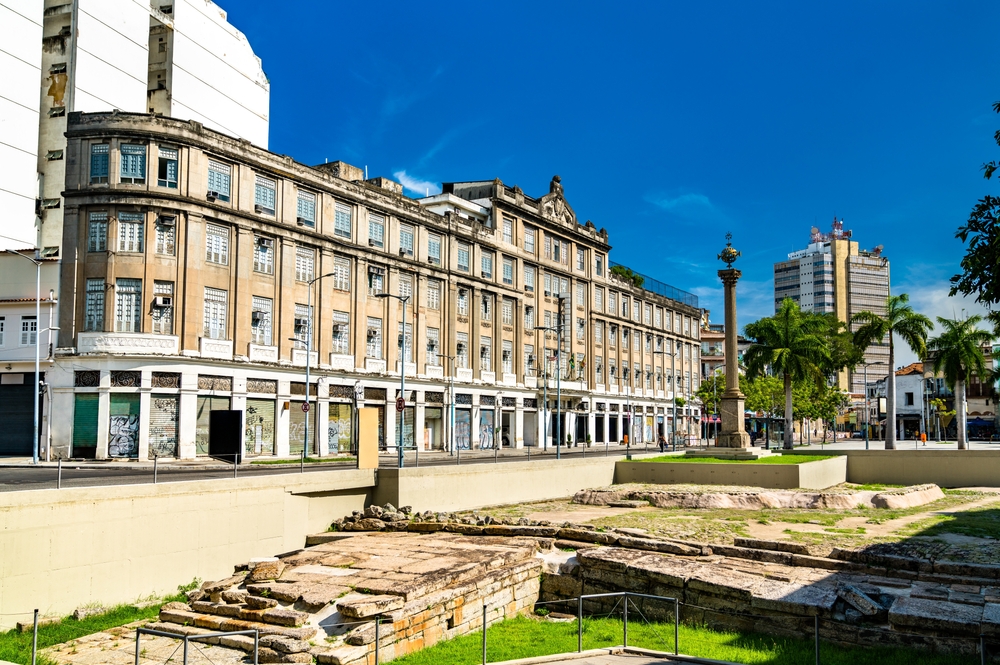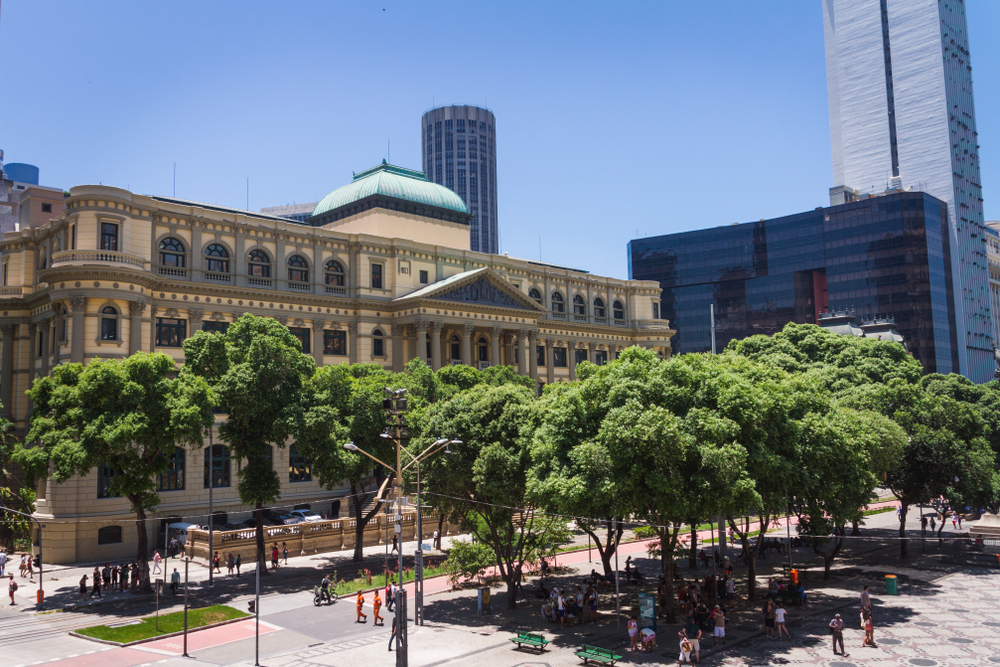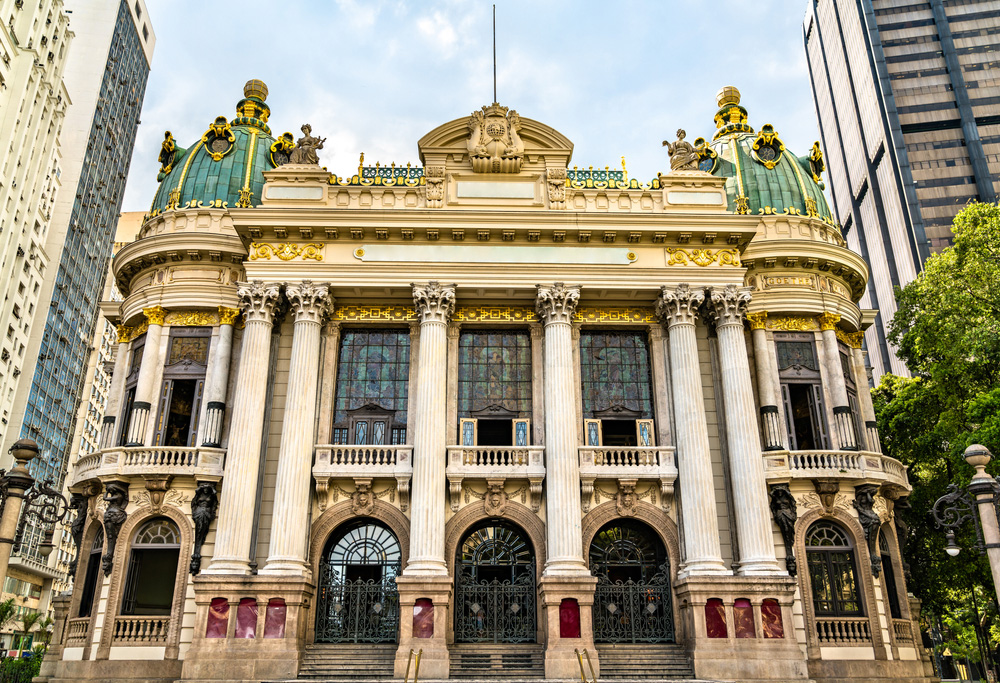Europeans initially discovered Guanabara Bay in 1502 during a Portuguese expedition. By 1555, French colonists occupied modern day Villegagnon Island which was considered a threat by the nearby Portuguese. A battle between the groups ensued, with the French ultimately being removed from Brazil after suffering a loss. Rio de Janeiro was founded in 1565 and was originally named São Sebastião do Rio de Janeiro. The ‘Sugar Era’ followed, which included the discovery of gold and diamonds and the setup of the city as a port for exporting raw materials, minerals, and sugars.
In the early 1800s, Rio de Janeiro was made the imperial capital of Portugal and as such as the only European capital outside of Europe. The city was highly populated by slaves from Africa, with nearly a million slaves being brought into Rio de Janeiro by the 1830s. The Valongo Wharf, a World Heritage Site, is where many of these slaves arrived and were processed into Brazil. In 1822, Brazil was claimed to be independent, and Rio de Janeiro was named the capital of this new empire. It was during this period that the city’s population of slaves was reduced, and the city went through a period of slight modernization; however, many of the basic urban planning and sanitation needs of a massively growing city were not met. This would continue until 1889 when Brazil shifted from a monarchy to a republic.
At the turn of the century, the lack of a sophisticated infrastructure resulted in the spreading of disease and death. Mayor Pereira Passos worked to greatly develop the city and bring modernization including the demolishing of the areas where the poorest citizens lived. This resulted in the relocation of the poor to what would become the modern-day favelas. The mayor was responsible for the development of various historical locations including the Municipal Theatre, National Library, and even the development of larger roads to bring in automobiles.
In 1955 with the election of Brazil’s new president, the development of a new capital city was planned. Ultimately, this would result in the movement of Brazil’s capital from Rio de Janeiro to the city of Brasília in 1960. 1964 saw a coup d’état that resulted in the installment of a military dictatorship, with Rio de Janeiro one of the only cities in Brazil that would formally oppose the military takeover. This form of government would last for 21 years until 1985.
Modern day Rio de Janeiro continues to see success across various fronts. The city hosted the Earth Summit in 1992 and continues to actively host sustainable development events, often managed by the United Nations. The city has also hosted both the Olympic and Paralympic Games in 2016. Rio de Janeiro is one of Brazil’s most popular destinations for tourists, attracting 5 million visitors each year.
Historical Locations
Valongo Wharf

Address: Praça Jornal do Comércio
Phone: N/A
Operating Hours: N/A
Admission Cost: N/A
Website
National Library

Address: Avenida Rio Branco, 219, Centro, Rio de Janeiro, RJ, 20040-008
Phone: (21) 2220-3040
Operating Hours:
– Monday 9:00am – 7:00pm
– Tuesday 9:00am – 7:00pm
– Wednesday 9:00am – 7:00pm
– Thursday 9:00am – 7:00pm
– Friday 9:00am – 7:00pm
– Saturday 10:30am – 3:00pm
– Sunday 10:30am – 3:00pm
Admission Cost: N/A
Website
Municipal Theatre

Address: Praça Floriano, s/n, Centro, Rio de Janeiro, RJ, 20031-050
Phone: +55 21 2332-9191
Operating Hours:
Temporarily Closed
Admission Cost:N/A
Website
 America
America
 Canada
Canada  Central America
Central America  South America
South America